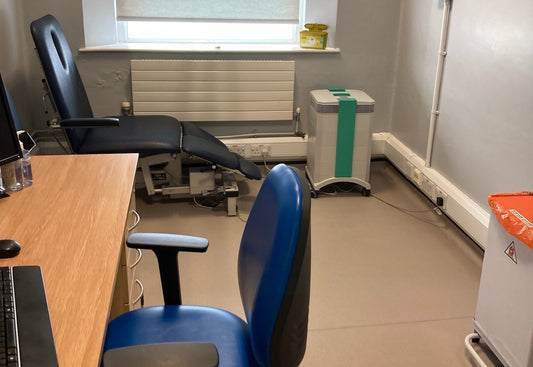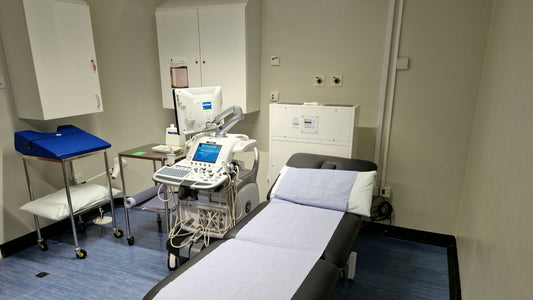If you are in a hospital, would you prefer the windows of your ward to be closed (to keep you warm and keep out pollution) or open, to let in some fresh air? New research suggests that the trend towards keeping windows closed, for energy efficiency, does impact airborne infection control by increasing the risk of patient exposure to contamination. It would be better to look at ventilation for infection control, such as systems that allow the circulation of fresh, clean air in wards.
Patients in hospital are at special risk of infection, not least because they may have weakened immunity and be less able to fight off the attack of bacteria and viruses. Given that an increasing number of bacteria are becoming resistant to common antibiotics, it is more important than ever that hospital managers optimise their infection control efforts. Good ventilation plays an important role in protecting patients from infection but it has been hard to measure ventilation performance and its impact on infection risk. That is why a new study, from researchers at the Pathogen Control Engineering Institute at the University of Leeds which focuses upon how air circulates in hospital wards, is an important step forward.
The traditional ward, known as the Nightingale ward, is an open space with up to 30 beds and dates back to the 19th century. The modern ward is more likely to have partitions for patient privacy with four or eight-bed units, usually single-sex (even if the ward is mixed). The researchers looked at both types of ward using modelling of the movement of pathogens in the air when windows were open and closed. They used balloons filled with carbon dioxide gas to simulate the movement of airborne bacteria and viruses and smoke sticks for visual simulation of air and wind streams. Partitioning wards change airflow dynamics in such a way that keeping the windows open is the best way of maintaining good ventilation. Keeping the windows closed can potentially increase the risk of infection fourfold, the researchers say. They carried out further experiments that showed the use of domestic extractor fans restored ventilation to a safe level. Just opening the windows might seem like the simplest solution to the problem of pathogen pollution building up in the modern closed system. But think of the exposure to pollution in hospitals located in large cities or close to traffic.
The BBC ran a story on this research and spoke to David Docherty, head of estates at the Royal London Hospital and said that because of concerns about air quality in the capital, the hospital has 200 units which bring clean, filtered air into its 3,500 rooms. The Swiss air purification company IQAir has a system which helps hospitals address the ventilation issue. The IQAir InFlow W125 kit can be used with any of the company's stand-alone filtration units so that it can draw outside air through a wall or window vent into an indoor environment. It can thus be used to create a clean area, like a hospital clean room or ward, with fresh, filtered air, free of pollutants. It can create negative pressure or positive pressure environments, as needed. Here are the features of the system that have potential medical and healthcare applications:
- A clean area can be created by supplying filtered clean air which both dilutes any pollution and creates positive pressure.
- For ventilation, the InFlow W125 filters out pollutants, supplying fresh air into a room or ward.
- An isolation area can be created, to protect vulnerable patients (such as those who have had a bone marrow transplant) by using the InFlow ducting to create a positive pressure, whereby airborne pathogens from the surrounding environment do not enter the room.
- On the other hand, using the system to create a negative pressure environment can contain the infection in an isolation room, where patients with highly contagious infections ought to be housed.
Whichever application is wanted, it is easy to modify any of the IQAir units with the Inflow ducting kit which is connected to the appropriate wall or window opening. Source: Gilkeson C et al (2013). Measurement of ventilation and airborne infection risk in large naturally ventilated hospital wards. Building and Environment 65 (July); 35-48. www.sciencedirect.com/science/article/pii/S0360132313000851




